Sunday Train: Washington State Labor Council support Steel Interstate Feasibility Study
Must-read blogs
- Casinos Not On Gamstop
- Casino Con Bonus Di Benvenuto
- UK Online Casinos Not On Gamstop
- Migliori Bookmakers Non Aams
- Gambling Sites Not On Gamstop
- Non Gamstop Casinos UK
- Non Gamstop Casino UK
- Slots Not On Gamstop
- Best Non Gamstop Casinos
- Sites Not On Gamstop
- Non Gamstop Casino
- Sites Not On Gamstop
- Slots Not On Gamstop
- UK Casino Not On Gamstop
- Casino Non Aams
- Best UK Online Casino Sites
- Sites Not On Gamstop
- Casino En Ligne Fiable
- Non Gamstop Casino UK
- Non Gamstop Casino
- Non Gamstop Casinos
- Non Gamstop Casino
- Migliori Casino Online Italiani
- Best Betting Sites Not On Gamstop
- Meilleur Casino Crypto
- Sites De Paris Sportifs Belgique
- Casino En Ligne Fiable
- найкращі крипто казино
- Meilleur Casino Sans Kyc
- Casino Cresus
- Bonus Gratuit Sans Dépôt
- Casino Senza KYC
- Meilleur Casino En Ligne
- Casino En Ligne Français
- Meilleur Casino En Ligne France
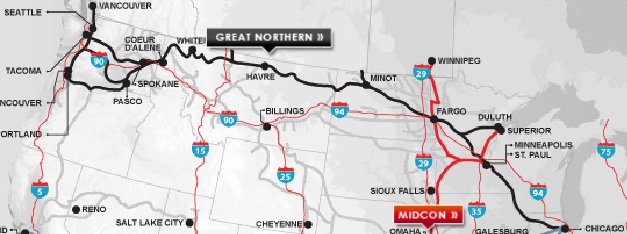 Sunday Train has long supported the
Sunday Train has long supported the 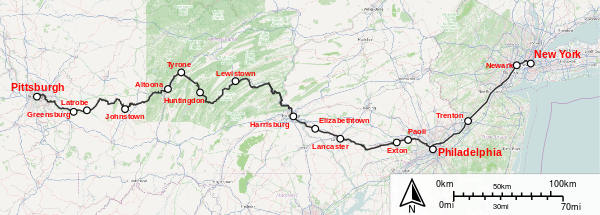
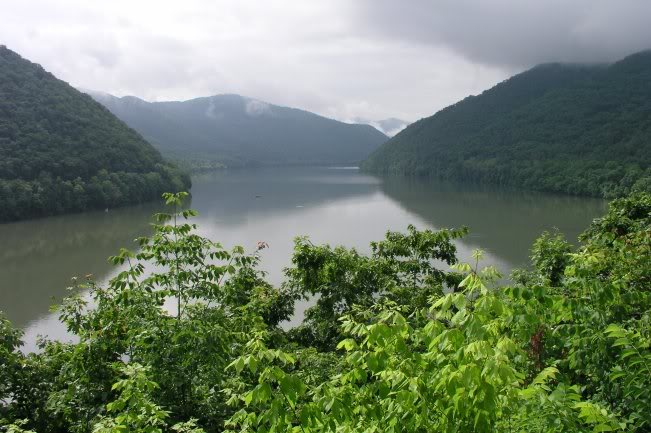 In
In 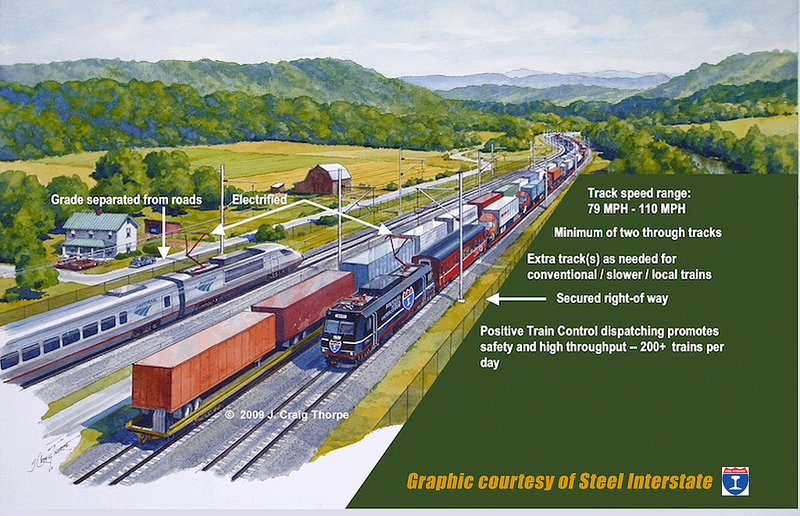 Last week in Washington DC, your Sunday Train correspondent was able to attend the "Future of Rail Symposium" held in Washington DC. The presenters discussed various aspects of building a Steel Interstate corridor, including the Steel Interstate concept, a discussion of electrified rail around the world, why rely on electricity rather than LNG for major backbone corridors, the engineering and economics of electrification in North America, an approach to financing an initial Steel Interstate corridor without requiring new legislation to be passed through our gridlocked Federal government, vehicle and track considerations of the "Rapid Freight" rail component of the Steel Interstate, the labor dimension and the need for a new social contract with Rail Labor, and a final presentation on the
Last week in Washington DC, your Sunday Train correspondent was able to attend the "Future of Rail Symposium" held in Washington DC. The presenters discussed various aspects of building a Steel Interstate corridor, including the Steel Interstate concept, a discussion of electrified rail around the world, why rely on electricity rather than LNG for major backbone corridors, the engineering and economics of electrification in North America, an approach to financing an initial Steel Interstate corridor without requiring new legislation to be passed through our gridlocked Federal government, vehicle and track considerations of the "Rapid Freight" rail component of the Steel Interstate, the labor dimension and the need for a new social contract with Rail Labor, and a final presentation on the 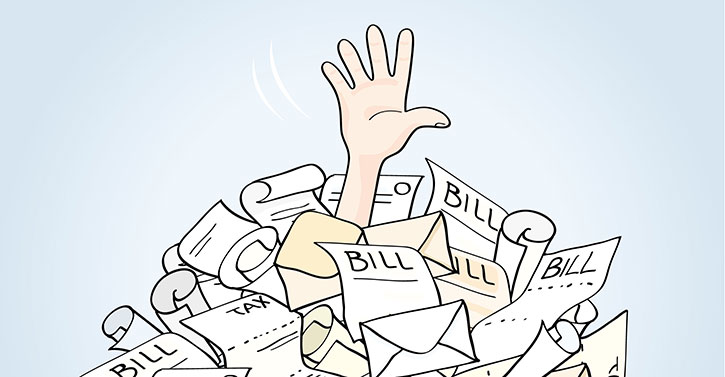 There was a gleam of hope this week for state officials faced with the prospects of having to start delaying projects and lay off people working on maintenance and new construction funded from the Federal Highway Fund:
There was a gleam of hope this week for state officials faced with the prospects of having to start delaying projects and lay off people working on maintenance and new construction funded from the Federal Highway Fund: 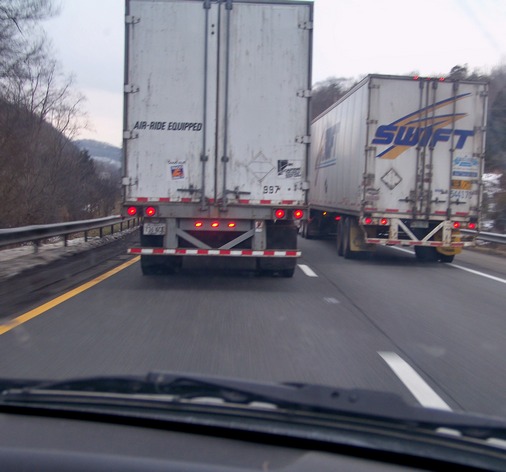 We are going to be hearing increasingly this year about the Highway Funding Crisis. Much of that discussion will be directed toward exploiting the political leverage that our car addiction gives to the Highway Lobby.
We are going to be hearing increasingly this year about the Highway Funding Crisis. Much of that discussion will be directed toward exploiting the political leverage that our car addiction gives to the Highway Lobby.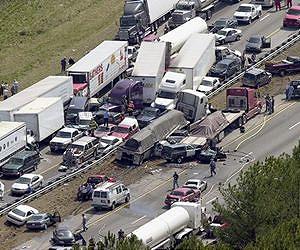 Over the balance of this year, you are likely to hear more and more about our broken Highway Funding system. For instance, William Moore, of the consultancy group Vianovo and member of the Transportation Transformation Group,
Over the balance of this year, you are likely to hear more and more about our broken Highway Funding system. For instance, William Moore, of the consultancy group Vianovo and member of the Transportation Transformation Group, 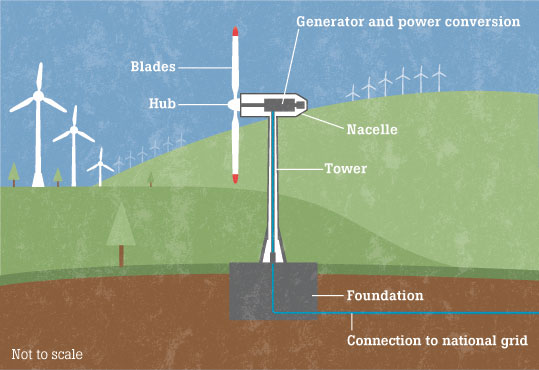 This last week, in the comment section of the
This last week, in the comment section of the 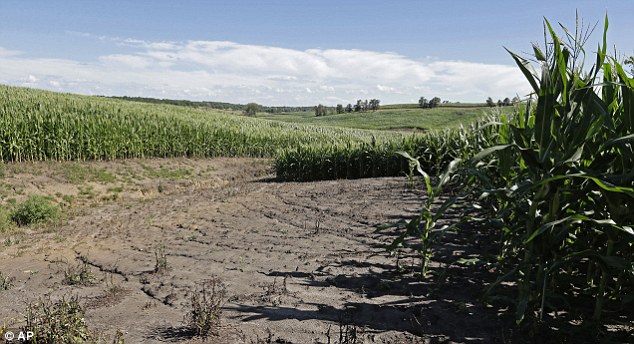 The AP Reports (
The AP Reports (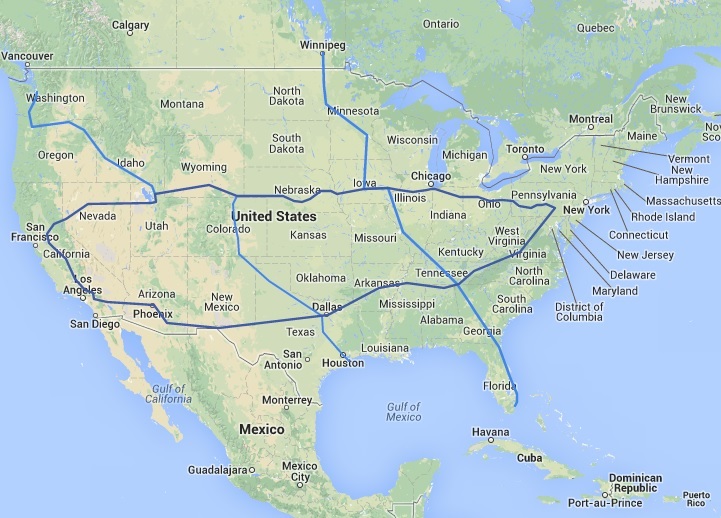 The
The